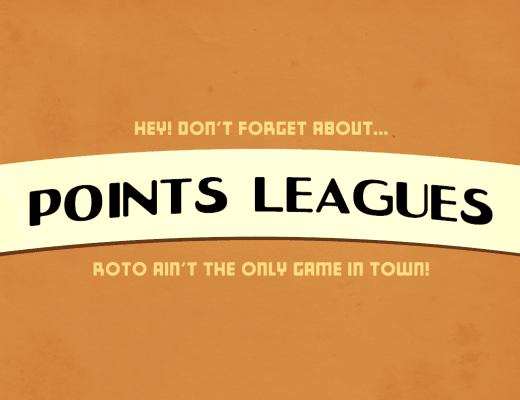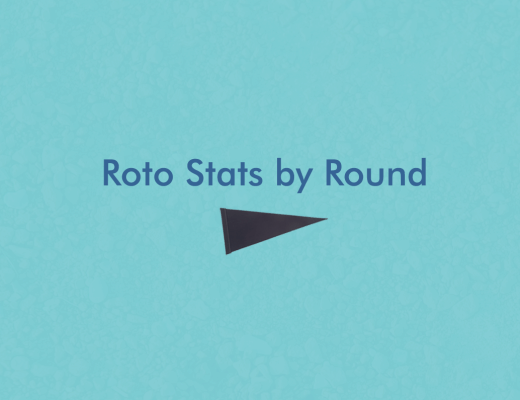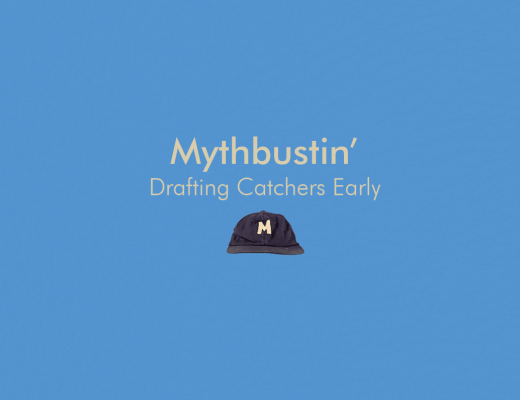In the first post in this series, I explained how you can evaluate a hitter’s batting average to see whether it will be repeated or not. Being a great fantasy baseball owner is all about being able to evaluate hitters and pitchers in order to figure out if they’re due for a better or worse year in the future. This particular post is focused on evaluating a hitter’s home run totals. If a player happens to hit 30 HR one year, he is not necessarily destined to do that every year. Finding out whether the HR’s are repeatable are somewhat trickier than most statistics as we have to use some tricky methods.
Home Runs
While home runs can also be prone to luck, it is a bit harder to quantify how lucky or unlucky a player is in this department. One of the best thing we can do to evaluate whether HR totals will be replicated is to look at home run distances and fly ball rates.
Lucky and Just Enough Homers are two categories of HR’s that are presented by the wonderful HitTracker tool which keeps track of HR angles, speed and distances (among other things). Based upon that data, each HR is put into one of a few categories (No Doubt, Plenty, Just Enough and Lucky). Lucky Homers are those that “wouldn’t have cleared the fence if it has been struck on a 70-degree, calm day”. Just Enough Homers either barely clear the fence or land just behind the fence. On average, 27% of HR’s are of the Just Enough variety. When hitters have a larger than average percentage of Just Enough or Lucky HR’s then we can assume they got a bit more lucky than usual.
In 2010, Casey McGehee hit 23 homers but 65% of them were Just Enough HR’s which was way above the league average rate. So it wasn’t a huge surprise when that number returned to average in 2011 and his total HR numbers dropped drastically. Also in 2010, 12% of Curtis Granderson‘s 24 homers were of the Just Enough variety which was far below the normal rate so he saw a big jump in HR numbers in 2011 when that corrected itself.
For that reason, you can see how this tool can be handy for seeing if HR numbers were a bit fluky in a particular season. Since this data isn’t readily available in a sortable format, here’s a spreadsheet which I drew up in order to list that info for 2011’s hitters: Google Docs Link
HR/FB (Home Runs per Fly Ball) helps us do some comparisons for a player. It may not necessarily tell us if they’ve been lucky but we can see if something is amiss with the player. Normally, about 13-20% of flyballs for a power hitter become a HR while contact hitters typically have a HR/FB rate in the single digits. If we see a hitter suddenly jump from hitting a 20% to a 8% HR/FB rate then we can guess that something must be wrong. They could be suffering through a bad injury or just losing their strength. This statistic isn’t really deemed meaningful until after 300 PA though so don’t start throwing it around in April or May of a season.
Going hand-in-hand with that is the Fly Ball Rate (FB%) which is also used to see what’s going on with a player. Maybe their HR/FB rate stayed as normal but they started hitting more groundballs or line drives instead of fly balls. This would certainly cause a drop in HR’s because you can hit a HR without hitting FB’s. The cause for this generally isn’t a matter of luck but a conscious change of approach done by the player. For FB rates, they become reliable after 250 PA.
Another stat worth noting is ISO (Isolated Power) which is the measurement of extra bases per at-bat (or SLG% minus AVG). After 550 PA’s, we would expect this number to become reliable for a player. While it may vary year to year, huge jumps in ISO that deviate from career norm may suggest that doing further analysis on the legitimacy of a player’s power may be necessary.
And, finally, you may want to check out this article from Fangraphs where they talk about Ellsbury’s homers from last year and mention that “an increase in home runs can usually attributed to hitting the ball further or hitting the ball into shorter corner OF porches.”
You are now efficiently armed with a number of tools which should help you look at a player’s home run totals and decide whether to buy into them or not. That player might have hit a few too many Just Enough homers or had a wacky HR/FB rate but now you can spot those things and react accordingly. Up next, I’ll be looking at evaluating Runs, RBI’s and SB’s.



